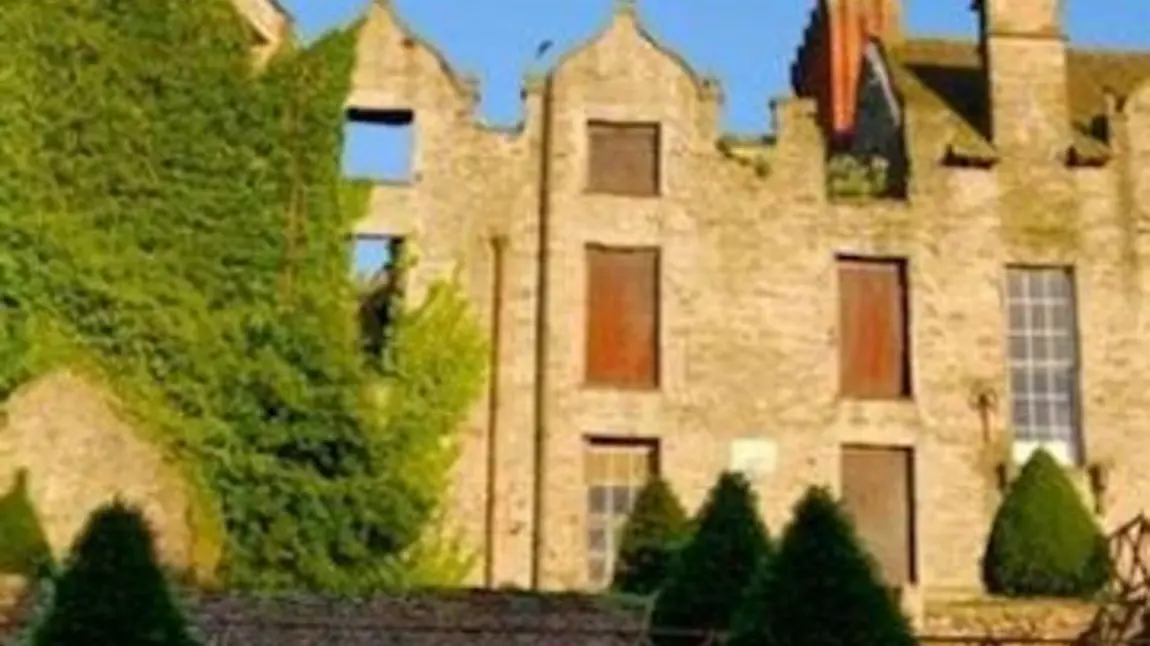HLF supporting a new chapter for Hay Castle

Heritage and literature can often link together powerfully and beautifully.
At the Heritage Lottery Fund (HLF) the synergy between word and place often makes a convincing case for funding projects where buildings or landscapes resonate with the written word to create something really special. Such has been the case in Wales where we have supported the restoration of Cwmdonkin Park and are now funding a major development of the Dylan Thomas Centre, both focal points in Swansea which celebrate the life and work of one of Wales’ most celebrated poets on the centenary of his birth.
And now, for the second time this year, HLF is proud to announce a significant investment in a Welsh location that is synonymous with the written word – Hay on Wye. The once sleepy market town on the Anglo-Welsh border opens its 27th Literary Festival this week, attracting large audiences to hear speakers of the calibre of Stephen Fry, Joan Bakewell and Toni Morrison. The event has achieved an international profile as a showcase for English literature.
It is also a showcase for the beauty and history of Hay town. Visitors don’t just come for the festival, they travel there all year round to source books as well as food and wonderful countryside. At the heart of the town is the magnificent Hay Castle which dominates the townscape and is its raison d’être. This prominent site is currently inaccessible to the public and the building is deteriorating. With HLF’s support, it has the potential to become a cultural centre with Hay Literary Festival as its unique selling point.
HLF is pleased to announce its initial support for plans which will rescue and restore the castle. A grant of £528,600 will help develop proposals, leading to a second stage application for over £4.8million.
The vision is bold. Funding will rescue and conserve the critically at-risk medieval and Jacobean buildings of the castle and restore and reopen the ancient gate – the oldest working defensive doors in the UK – thereby reinstating the vital connection between the castle and the town. Specific restoration will also be done on the three-storey keep, the curtain wall and the medieval stone archway.
The project will both repair and rejuvenate. Hay Castle will come to life as a creative space, integral to the tourist and literary economy of the town, creating a vibrant centre for arts, heritage, education and training. The project will include a heritage building skills training programme, and the café and restaurant, culinary training. Workshops and classrooms will help engage people of all ages in learning about their heritage.
A major new exhibition space will be created to host touring exhibitions from major collections. The exhibition space will be used to display treasures from national and international museums and hopes to include collections that currently partner the Hay Festival. It will also be used for local exhibitions, including Hay’s local history with examples from Kilvert’s writings and the Hay poisoner.
Cumulatively, this will enhance the economic potential to the town providing a year round attraction and community resource that will benefit schools and inhabitants on both sides of the Anglo-Welsh border.
Local support is strong. The whole initiative has been underpinned by a robust partnership involving Cadw, RCAHMW, National Heritage Training Group, Civic Society, Brecon Beacons National Park Authority, universities of Oxford, Cambridge and Cardiff as well as local secondary and primary schools.
The potential of Hay Castle to flourish is epitomised by support received from influential and important heritage institutions. Simon Jenkins, Chair of the National Trust, is one of the many who has backed and supported the bid by the Hay Castle Trust who are striving to carry on the legacy created by Richard Booth, the colourful “King of Hay” whose bookshops began the transformation of the town four decades ago.
Once completed, the built past of Hay will come together with the literary present for one of Wales’ most magical towns.